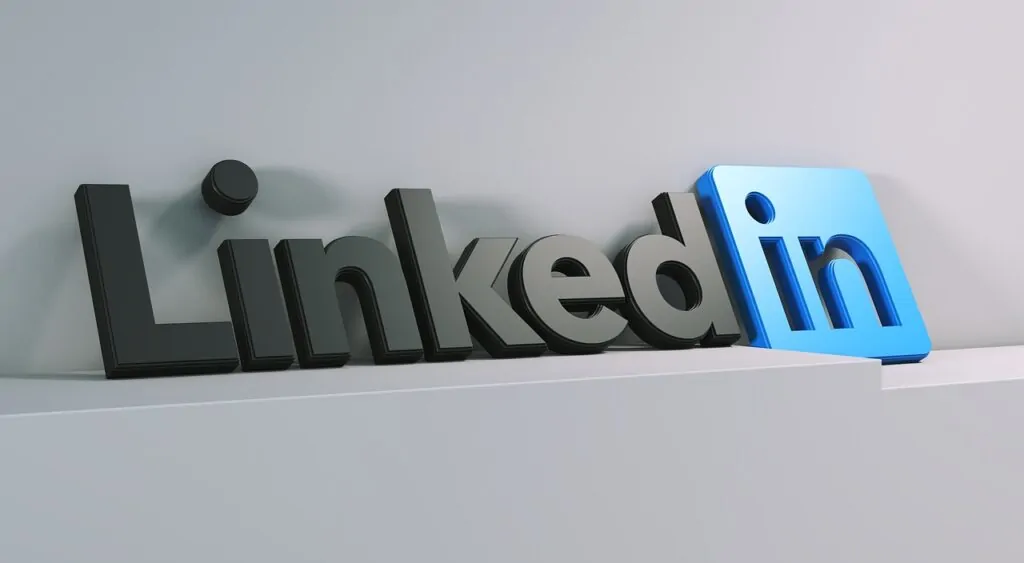LinkedIn is a powerful tool for businesses, professionals, and job seekers to network and find opportunities. With its API, companies can access the millions of users on LinkedIn’s platform to leverage valuable insights about their markets and potential customers. However, before accessing this data, it’s important to understand the pricing associated with the LinkedIn API.
LinkedIn offers two types of pricing plans – a free version and an enterprise version. The free version allows developers to access up to 500 API calls per day, enabling basic features such as viewing profile data and searching for users. The enterprise version provides unlimited API calls and access to additional features such as messaging, job postings, company pages, and more.
The pricing for the enterprise version is based on an annual subscription fee and a usage-based fee. The annual subscription fee starts at $99/year, while the usage-based fee varies depending on how many API calls are made (with charges ranging from $1 to $5 per 1,000 calls).
LinkedIn’s New API Pricing Structure Could Benefit Small Businesses
LinkedIn is one of the most popular social networks for professionals and businesses, and with its recent launch of a new Linkedin API pricing structure, it could potentially benefit small businesses in a big way.
The new pricing structure allows developers to build apps that can access data on LinkedIn, such as user profiles, contacts, job postings, and company pages. Developers pay a one-time fee for access to the API, and then receive credits for each user action. For example, when someone views a profile, a credit is deducted from the developer’s account. When users click on an ad or use other features, additional credits are subtracted from the account.
The new pricing structure could benefit small businesses in particular because it eliminates the need for them to purchase large amounts of data from LinkedIn. Instead, they can pay a flat fee for access to the API and then use credits when needed. This lowers their overhead costs and makes it easier to budget for projects that involve accessing LinkedIn data.
How LinkedIn’s Upcoming API Changes May Affect Your Business
LinkedIn’s upcoming API changes have the potential to significantly impact businesses in both positive and negative ways. For some, the changes may result in increased opportunities to connect with potential clients and partners; while for others, it may create challenges in terms of understanding how to use the new API features and comply with data privacy laws.
The new API features will allow businesses to leverage the platform’s social graph and connect with users in a more personalized way. Companies will be able to target specific audiences and create tailored experiences based on user interests, location, job title, and other criteria. In addition, organizations will be able to gather insights into what content resonates best with their customers as well as identify potential new customers.
However, the changes may also pose some challenges for businesses, particularly when it comes to data privacy laws. LinkedIn will be imposing more restrictions on how companies can use user data and enforcing stricter rules about who has access to this information.
What the Recent LinkedIn API Price Increase Means for You
The recent increase in LinkedIn’s API pricing has sparked a lot of debate and discussion among developers, marketers, and entrepreneurs. As the platform is becoming increasingly popular, users are also facing rising costs for accessing certain features and data.
The main reason for the increase in price is the fact that Linkedin wants to offer more value to its customers. LinkedIn is keen on offering more targeted and personalized experiences for its users, so they can get the most out of their investment in the platform.
For developers and entrepreneurs, this means that they will have to pay a higher cost to use the platform’s features. In addition, due to the new pricing structure, businesses will likely have to pay more for access to the data and insights they need from the platform.
The good news is that there are some simple ways to work around the new cost structure. Developers can use alternative APIs or find other methods of gathering the same data, such as web scraping.

